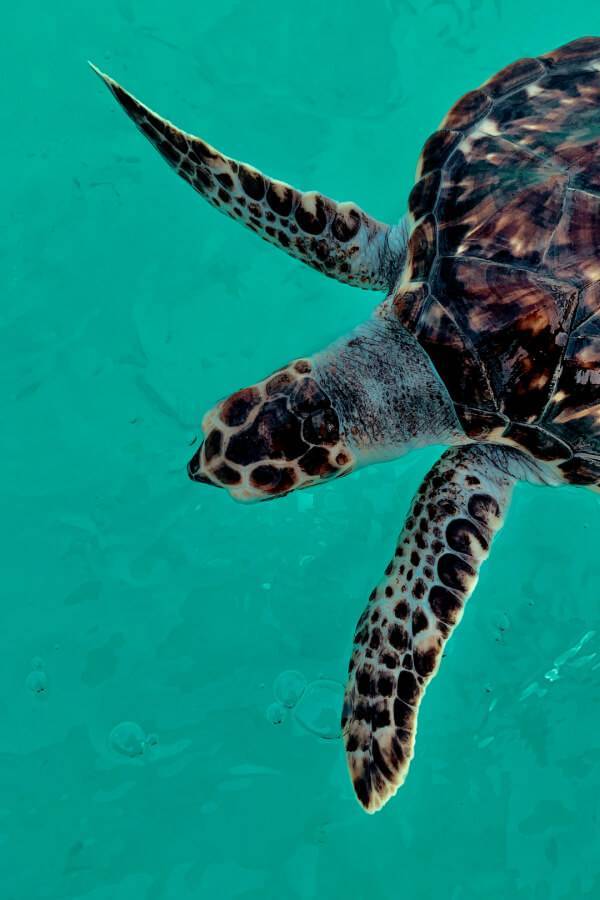Kefalonia
Population: 35,801 (2011)
ISLAND OVERVIEW
Kefalonia, or Cephalonia, is the largest of the Ionian Islands and the 6th largest island in Greece. The island’s highest mountain is Mount Ainos, at 1628 meters high, the top is covered with fir trees and is a natural park. To the west-northwest are the Paliki mountains, where Lixouri is found, with other mountains including Geraneia (Gerania) and Agia Dynati. The islands timber output is one of the highest in the Ionian islands, and forest fires still pose a major threat to the population.
Agricultural occupations include animal breeding, olive growing, grain and vegetables. The island has a long winemaking tradition and is home to the dry, white lemony wines made from the Robola grape. Olive oil used to be the main produce of the island, with one million olive trees and over 200 presses. However, an earthquake in 1953 destroyed much of this reducing it to only thirteen presses in use today.
Tourism to Cephalonia started in the early 19th century, and the royal family of Greece sent their children in the summer months to Lixouri, but most tourists did not discover the island until the 1980s. It is a popular vacation destination for many Italians, as it is close by sea.
The main town is Argostoli, which has the largest port on the island, it has room for 100 small boats and stretches 1 km around the bay.
The island is well known for its endangered loggerhead turtle population, (Caretta caretta), which nest on many of the beaches along the south coast of the island. The turtles can also be seen in the waters of Argostoli harbour. A small population of the endangered Mediterranean monk seal, Monachus, also lives around the island’s coast in caves which are ideal locations to give birth.
The film, Captain Corelli’s Mandolin (2001), was shot on the island, which made Cephalonia more widely known.
The island has its own domestic airport and the ferry between Argostoli and Lixouri runs every 30 minutes in the summer.

The Island & Its History
click image to view in Google Maps
During the Middle Ages, the island was the centre of the Byzantine theme of Cephallenia until 1185.
From the 16th to the 18th centuries, the island was one of the largest exporters of currant’s in the world along with Zakynthos, and owned a large shipping fleet.
Its towns and villages were mostly built high on hilltops, to prevent attacks from raiding parties of pirates that sailed the Ionian Sea during the 1820s
Like most of the Ionian, Kefalonia was fought over and occupied by many countries, until in September 1809 Great Britain hoisted the British flag above the castle of Zakynthos. Cephalonia and Ithaca soon surrendered, and the British installed provisional governments.
In 1864, Cephalonia, together with all the other Ionian Islands, became a full member of the Greek state.
During World War II, the island was occupied by Axis powers.
The island was largely spared the fighting, until the armistice with Italy concluded by the Allies in September 1943. Confusion followed, as the Italians were hoping to return home, but German forces did not want the Italians’ munitions to be used eventually against them; Italian forces were hesitant to turn over weapons for the same reason. Ultimately the Germans prevailed, taking full control of the island. Approximately five thousand of the nine thousand surviving Italian soldiers were executed in reprisal by the German forces.
The book Captain Corelli’s Mandolin by Louis de Bernières (which was later made into the film ‘Captain Corelli’s Mandolin’), is based on this story. While the war ended in central Europe in 1945, Cephalonia remained in a state of conflict due to the Greek Civil War. Peace returned to Greece and the island in 1949.
The island has suffered a number of devastating earthquakes, a snow storm and a number of forest fires.
In 2011 the eight former municipalities of the island lost their independence to form one united municipality. After losing its role as the capital of the island in the 19th century, Lixouri lost also its role as a seat of a municipality after 500 years.
Prayer Points
- The people on the island will realize their need for God and their eyes will be opened to the truth and love of God through reading the Bible for themselves.
- The Lord will work in the lives of all the God-fearing religious people already living on this island, and bring healing & refreshment to their lives.
ADOPT THIS ISLAND
If you are committed to praying for this island and its region, please drop us a note, we would love to know about it and keep you posted with prayer updates!
By completing this form, I consent to receive content from Broad Reach Maritime in accordance with our Privacy Policy.

